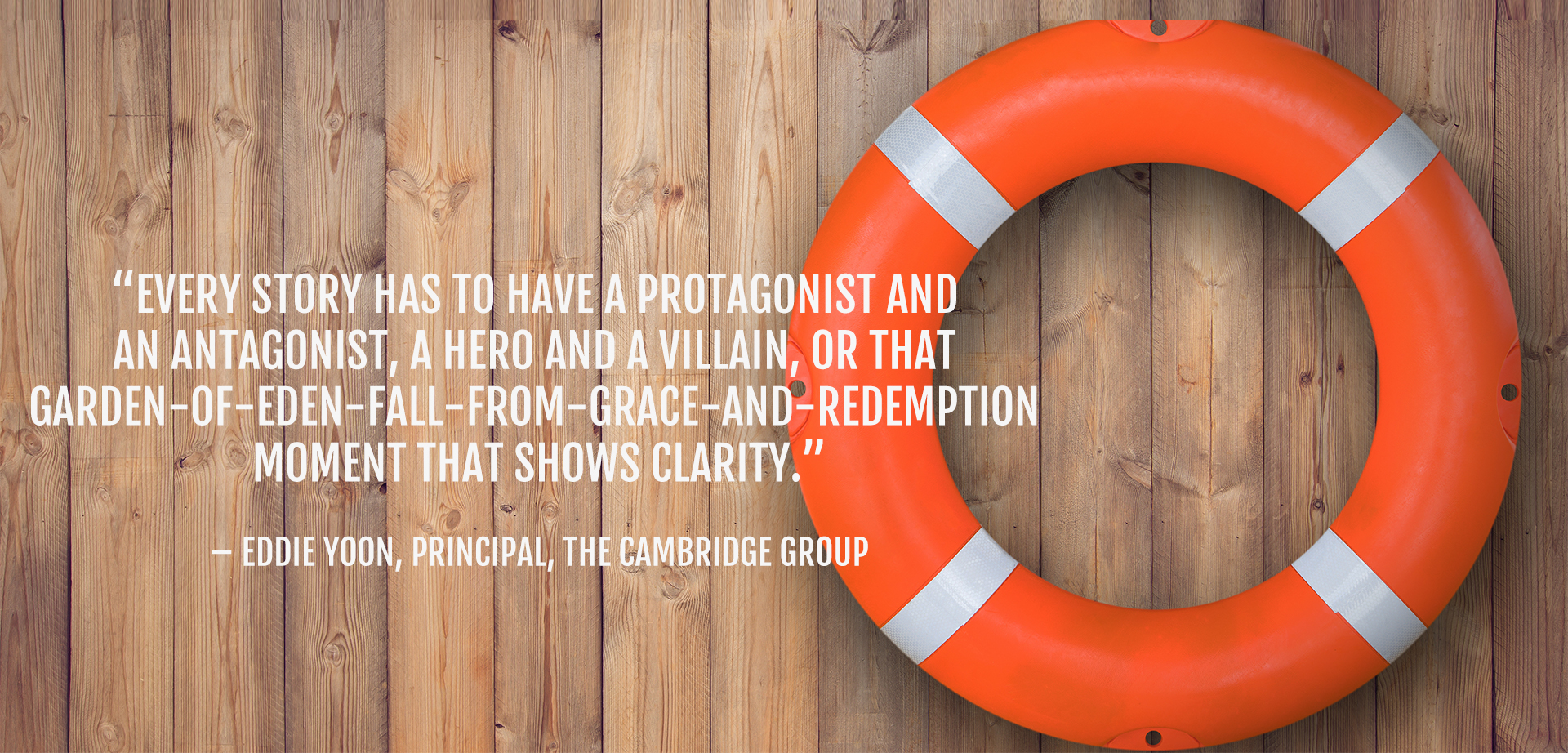“Wisdom consists of the anticipation of consequences.”
-Norman Cousins
In the early part of 2008, Anheuser-Busch announced the addition of a new beer – Bud Light Lime – into its brewing portfolio. The launch, backed by a $35 million ad campaign, was aimed at going after a new business sect, including consumers who attended occasions like backyard barbecues. The campaign came on the heels of a not so favorable response to Anheuser-Busch’s other recent rollout, Bud Select.
In studying what other brands were doing, Anheuser-Busch wanted to make sure it was giving its core consumer options.
And while Bud Light Lime remains one of its most successful innovations, its beginnings were a bit auspicious. Two years prior the launch, the boss of the head of innovation at Anheuser-Busch told him, “If you ever mention the words ‘Bud Light Lime’ again, I’ll fire you on the spot.” Some higher ups felt it was too risky to mess with the largest and most successful beer brand in the world. While research showed there was consumer demand, when the decision was presented, that old “cold feet” feeling came into play.
Was the risk worth the reward?
Eddie Yoon believes it was. In the end, Yoon says the Anheuser-Busch’s leadership team successfully reframed the scenarios away from an innovation launch to a broader strategic question. They knew that spirits and wine were winning versus beer, and they needed to figure out how to compete. One option was a big, expensive and risky spirits acquisition.
“They reframed the choice into scenarios,” says Yoon, a principal with The Cambridge Group, a leading growth-strategy firm that is part of the Nielsen group. “Would they rather write a check for a big acquisition in spirits and a new business model that was untested, compete with spirits via innovation on their beer business model, or do nothing and continue to lose versus spirits?”
Scenario B looked very different in that light, and the rest, as Bud Light Lime fans know, is history.
The art of anticipation can be a valuable tool in the world of brand building and marketing. Being able to uncover problems and see situations play out before they occur can be a critical asset in today’s ever-fluctuating business landscape.
“Across two decades of consulting and helping companies grow, I’ve learned that being able to diagnose a situation before you prescribe anything to your client is the single most important thing to get right,” Yoon says. “It’s the reason surgeons mark the part of the body they are operating on with a pen.”

Yoon says that clients come to him with general questions on why they can’t grow faster. The root cause can be either external, e.g., consumers, channels or competition, or internal, the product, business model or resource allocation. Or, it could be both.
“If the diagnosis is external, then no amount of resources can help you,” Yoon says. “If the diagnosis is internal, focusing on competition isn’t helpful. If it is both, then only addressing one side won’t help you much. At best, it is a waste of time and your reputation. At worst, you might be meaningfully harming the company.”

The data don’t lie…
Here’s the thing that Eric Warner wants you to remember. When the question arises about being able to diagnose a situation before you prescribe anything to your client, Warner warns that the end result can end up on either side of the line.
The bottom line is that clients buy for their reasons, not yours. So, if you present a solution to an undefined problem, you might be committing sales malpractice. Ask your doctor how that works out for him.
“If this is the correct approach, I’d say one technique to use might be a negative reverse, says Warner, president of Praxis Growth Advisors | Sandler Training. “Tell them, ‘It looks like your production line is working at a high capacity. It probably doesn’t make sense to talk about how to drive a higher output with newer technology right?’ Then, let them justify to you why. ‘That’s interesting if I could show you…. Would that be worth a deeper conversation?’”
If the answer is yes, Warner says tell me why? “People don’t argue with their own data. It’s your job to help them do the math.”
Above all else, the key is to make your client feel comfortable when doing things that they wouldn’t expect a sales person to do. That means creating an environment of mutual agreement so you aren’t suggesting ideas without a return effort.
“Find an emotionally compelling reason to do something different (people buy emotionally and justify intellectually),” Warner says. “You have to carefully engage in an investment discussion, understand their decision process, fulfill their needs today and sell the rest down the road. Sometimes it takes blowing up the bombs that could blow up your deal before they do. Remember, you can’t lose anything you don’t have.”

Tell me a story…
Different people use different approaches to the game of successful consulting. What works for one, doesn’t for others, and vice-versa. But one of the keys that Yoon says can work for everybody is to tell your client a story, almost as if you’re writing a screenplay for a movie.
“Every story has to have a protagonist and an antagonist, a hero and a villain, or that Garden-of-Eden-fall-from-
If you can come up with three to five scenarios that help pinpoint the answer, it helps eliminate the pressure to be right. Then, it doesn’t become about laying out a wide range of extreme outcomes.
“Create a scenario where the client doubles their business to a horrific scenario where the client’s business is cut in half,” Yoon says. “You may not share it with them, but sometimes I see my job as having the dream clients who won’t dare to dream and have the nightmares because they are too scared to imagine.”
Often, consultants ask the question, “What would make this project a home run?” While this an appropriate question, Warner likes to take it a step further. “Let’s say they want to grow to a $100 million company. I say great, ‘Let’s add a zero to it to really make it extreme.’ Then ask what’s needed to make this happen. It’s a very different question than what is true. So, what would need to be true? This allows people to suspend their disbelief and embrace the impossible.”
Yoon typically does this at the beginning of a project, and iterates it regularly every other week until the project is done. “It’s a great forcing mechanism and discipline to ensure you’re answering the right question.”
5 ways to anticipate things before your client does
- Cast a great vision– There’s nothing like an aspirational vision to see gaps to close.
- Illuminate via analogy– Sometimes lateral thinking is the best way to shed new light on a problem.
- Penetrate via logic– Incisive logic can break a problem down into much simpler issues to solve.
- Precise practicality– If you work backwards, you realize there are only a few practical outcomes
- Solve the person, not the problem– Sometimes it’s more about emotions and incentives. Figure out what style your client gravitates toward and which you’re particularly good at and make a match.
Source: Eddie Yoon, Principal, The Cambridge Group

